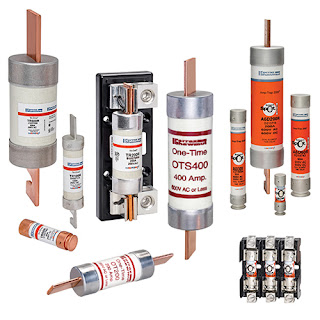DS Refrigerant Dryers Reduce Energy Consumption
At the same time the intelligent heat-exchanger system creates a lower pressure drop when compared with conventional systems. This low-pressure drop means that the compressor generation pressure can be reduced, with each 1 bar pressure reduction translating into a six per cent energy saving. By ensuring the lowest possible pressure loss, a high level of energy efficiency can be achieved.
As the energy consumption of the compressor is greater than the dryer, these savings have a much larger impact and so increase the efficiency of the compressor. It is estimated that over a five-year operating period the purchase price of a compressed-air dryer accounts for only about a third of the total cost. A third of all costs are spent on the electricity required to run the dryer for five years. A further third is consumed over a five-year period by the compressor in order to overcome the dryer's pressure drop.
With the Boge DS series, lowest possible pressure losses reduce energy consumption year on year, impacting on the associated electricity used year on year. The DS dryer control continuously adapts the dryer operation to the real operating conditions.
This ensures continual energy saving. The new DS series dryers are compact and have been designed for ease of maintenance. The DS series has a standard 3C pressure dew point and a flow capacity from 7.5 to 180m3/min. The range is environmentally friendly, emits zero ODP and low GWP and is Montreal Protocol compliant.


Comments